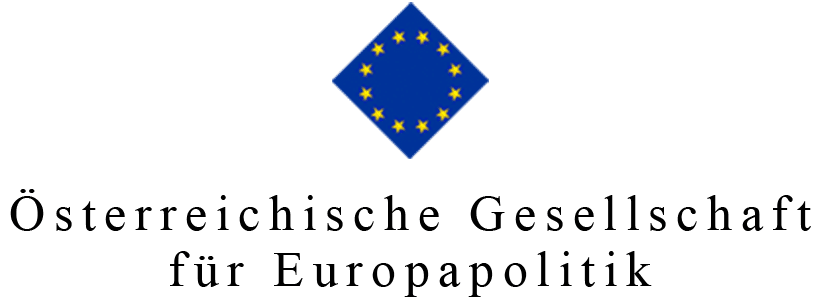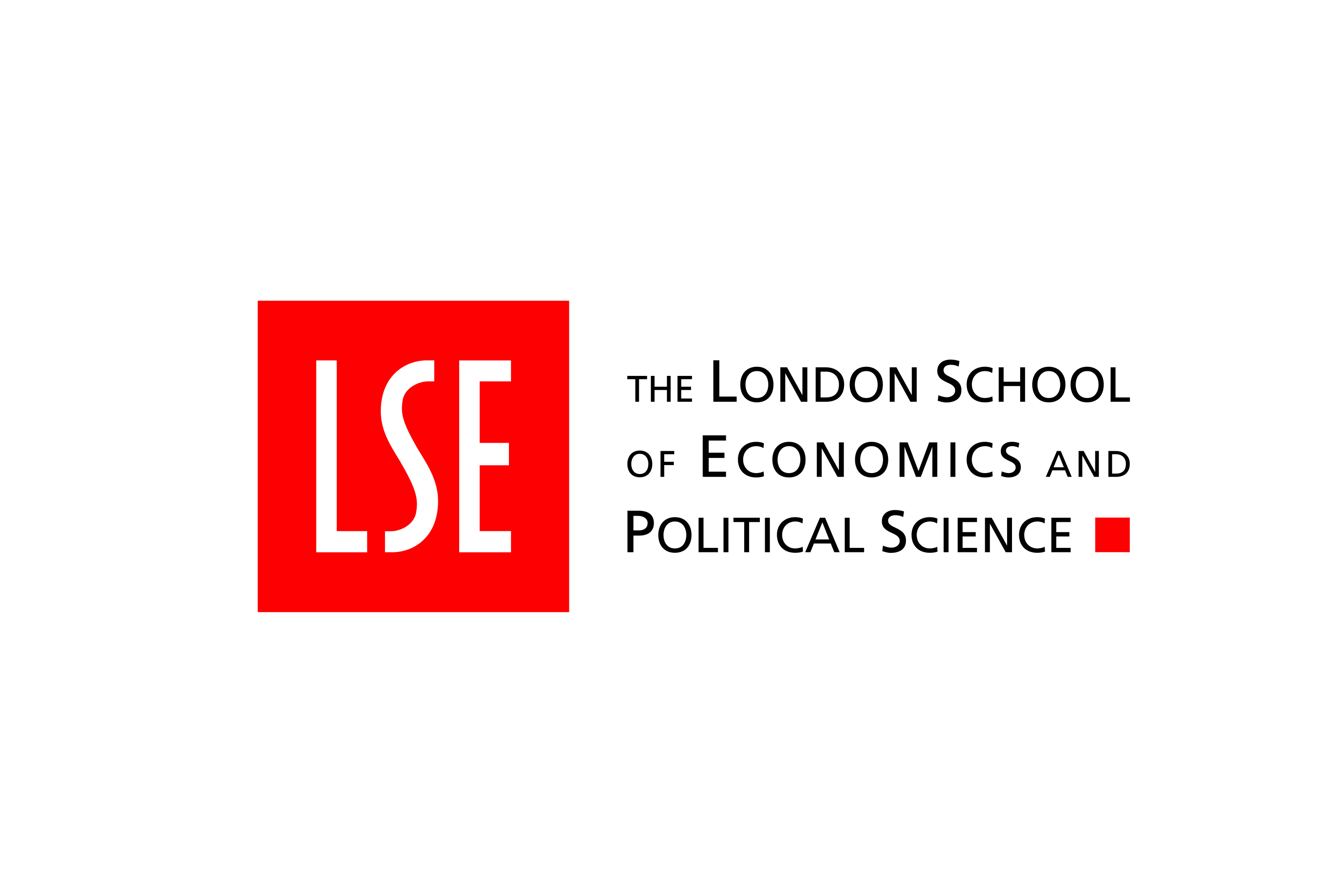Central Europe has been one of the focal points of the migration crisis, yet there have been clear disagreements between Central European countries on how the crisis should be managed. Gabi Gőbl, Christian Kvorning Lassen, Marko Lovec, Milan Nič and Paul Schmidt write that while the route through which people entered Central Europe in 2015 has largely been closed, there is a clear need for a unified strategy to prevent divisions emerging between countries in the region.
More than one million migrants and refugees crossed Central Europe last year. The mismanagement of this influx of people caused emotions to run high. While some countries in the region opened their borders, others walled themselves in. EU mandatory quotas were discussed, determined and dismissed. The Dublin and Schengen agreements, as well as European solidarity, were under heavy pressure. With cross-border accusations among Central European capitals the political rhetoric of some leaders hardened and even slid towards xenophobia.
Now that the Balkan migration route is closed, it is possible to reflect on how Europe can deal with similar situations in the future. Central European countries share much of their history and culture and have established strong economic links during recent decades. But during the crisis they became divided and distant, making it appear as if the curtain which once separated Eastern and Western Europe may be on the verge of reemerging. Concrete action is needed before borders once again settle both on the ground and in people’s minds.
The crisis put Central European countries in different positions: Austria is the only country in the region that has received more than a hundred thousand asylum seekers. But the Czech Republic, Hungary, Slovakia and Slovenia are EU and Schengen members and thus assume full responsibility for processing asylum requests and providing asylum to every successful applicant entering their territories. In addition, Hungary and Slovenia are managing external Schengen borders, which refugees have crossed. Differences in physical size, economic strength, social and labour market conditions as well as existing experience with integration of third country nationals add to the complexity of relations. A multi-level cross-border dialogue could raise the understanding that solving common problems needs cooperation rather than confrontation.
The focus should be on reaching a possible common ground, such as through financial aid, common external border management, the functioning of Schengen and the provision of legal avenues to request asylum outside of Europe. The controversial discussion regarding the quota system to relocate refugees could potentially be postponed, but either way, threats and sanctions will not help in overcoming dissenting views.
However, the responsibility for introducing artificial borders lies not only with governments. Throughout the crisis, politicians have responded to public pressures or sought legitimacy for their policies among the general public, which points to the central role of civil society. While going largely unnoticed in some cases, civil society actors have already been providing help to refugees, aiming for humane approaches in all the countries of Central Europe from the beginning of the crisis. They have nevertheless found it difficult to transmit a consistent and compelling narrative as most media outlets priorities political messages, which tend to be more simplistic.
There are four steps that civil society actors should consider in this context. First, civil society representatives should seek partners across borders and aim for cooperation where appropriate. This would contribute to a better understanding of shared problems and possible solutions.
Second, they should engage more actively in the public debate, pointing at facts based on evidence taken from their concrete experiences, thereby contributing to a more nuanced understanding and reducing the “fear of the unknown”. Civil society must promote a cross-border counter-narrative that provides more than just security perspectives and explains the complexities of the issue.
NGOs and even international organisations are often dismissed as biased by campaigners. As such, this strategy will require “public champions”, such as journalists, artists and opinion leaders, to be equipped with the relevant information to effectively confront populist viewpoints. Here, Austria is a case in point, having been successful in promoting “integration ambassadors” with migratory roots from different areas of society telling their stories. It is also time for more innovative approaches and new inter-governmental solutions, such as Slovakia’s bilateral deal with Austria, under which up to 500 asylum-seekers can be accommodated in Slovakia as they are awaiting decisions on their asylum cases in Vienna.
Third, governments and civil society have increasingly set off in opposite directions, although both are mutually dependent on each other. Civil society organisations should strive to become active partners with governments by raising awareness of problems requiring public policy responses. Windows of opportunity, such as the current Slovak EU presidency, should be seized to improve the chances for constructive dialogue.
Fourth, few mainstream media organisations have provided a nuanced view of the refugee question. Media representatives should be encouraged to provide a more balanced view of developments. More attention should be given to opportunity rather than risk analysis. The Czech Republic, for example, being currently the European country with the lowest unemployment rate and in need of labour, could consider taking in more refugees. Joint workshops, conferences and exchanges, such as those we organised in the course of our pilot initiative, could be help to change this message. The example of Slovenia shows that communities have decided to receive refugees after a TV documentary presented the successful integration of refugees in Austria.
The general view of a single, unsupportive Central European block risks spilling over into other areas of European politics. But the different approaches of the Central European countries to the refugee question are not as black and white as often depicted. They instead reflect various shades of grey. Ultimately, we need to explain and understand the different underlying motives and promote societal change, without allowing unidimensional and populist policies to hold actors hostage. In the end, the refugee and migration question is a cross-border challenge, which can only be confronted together.






